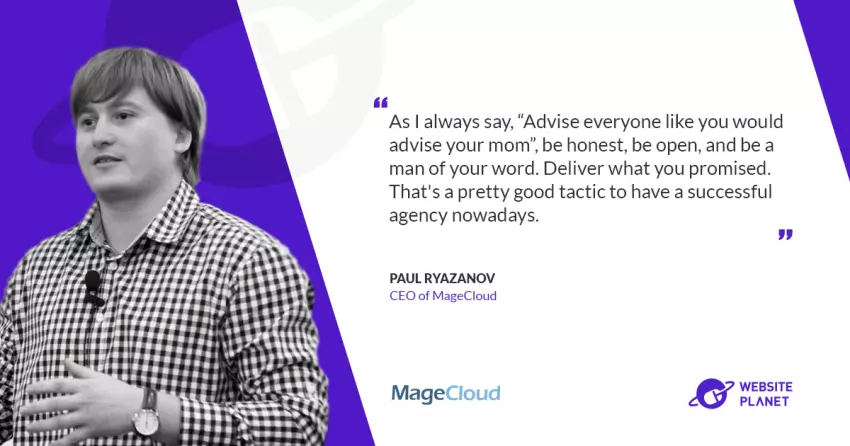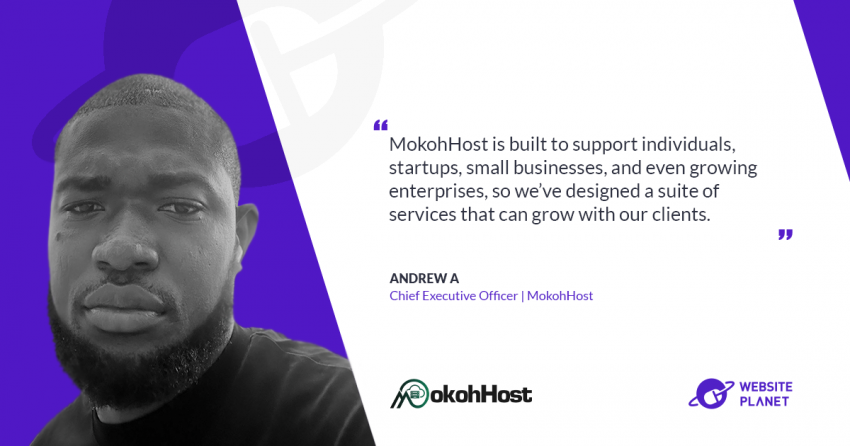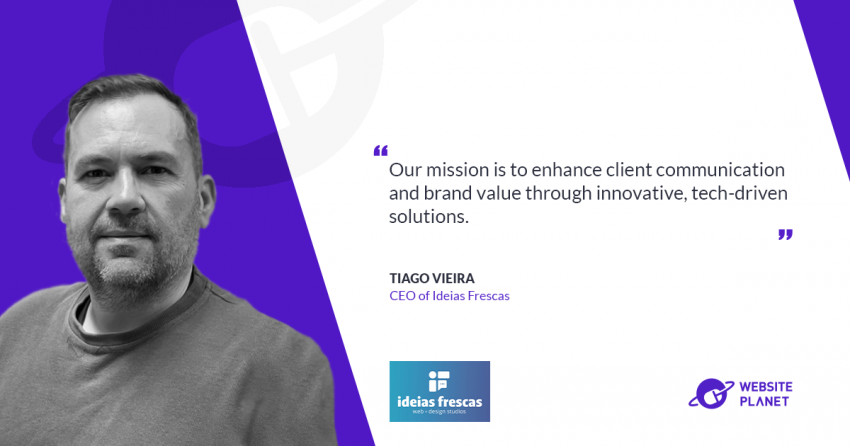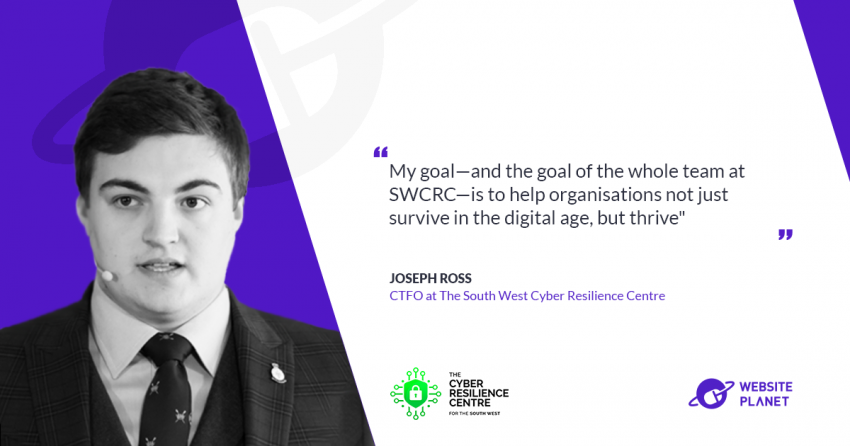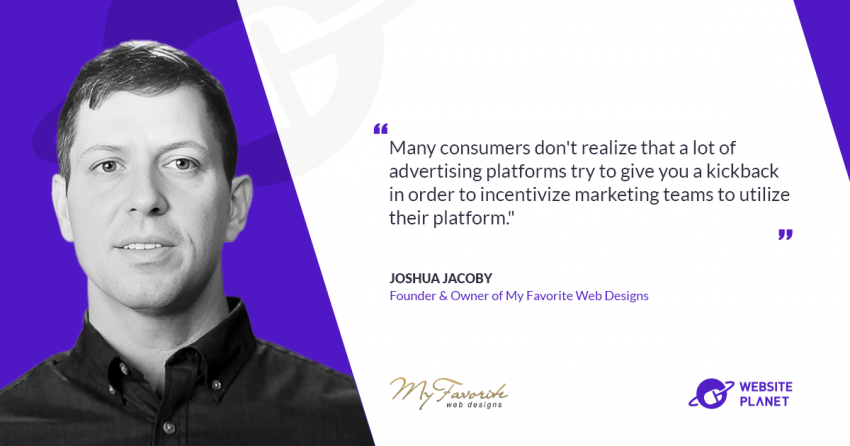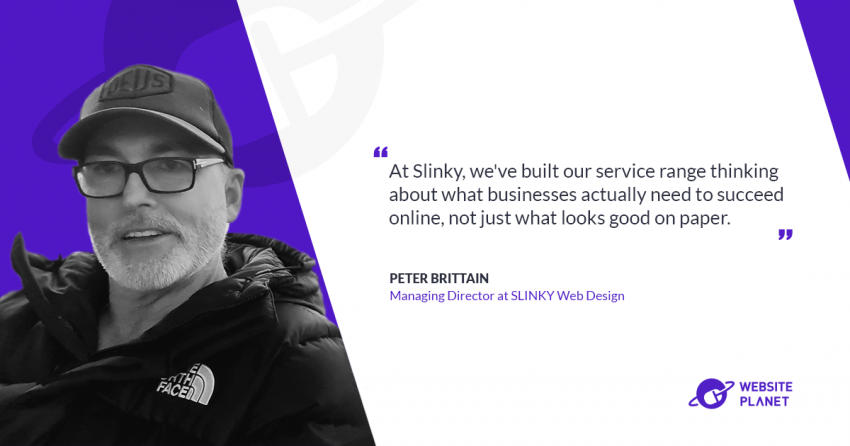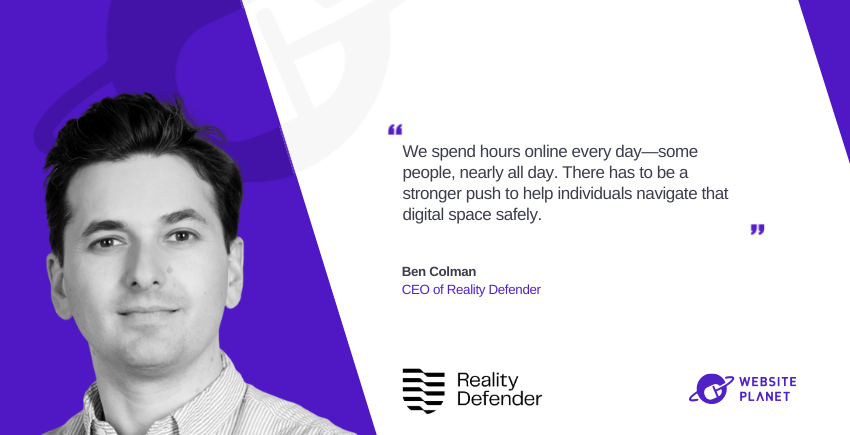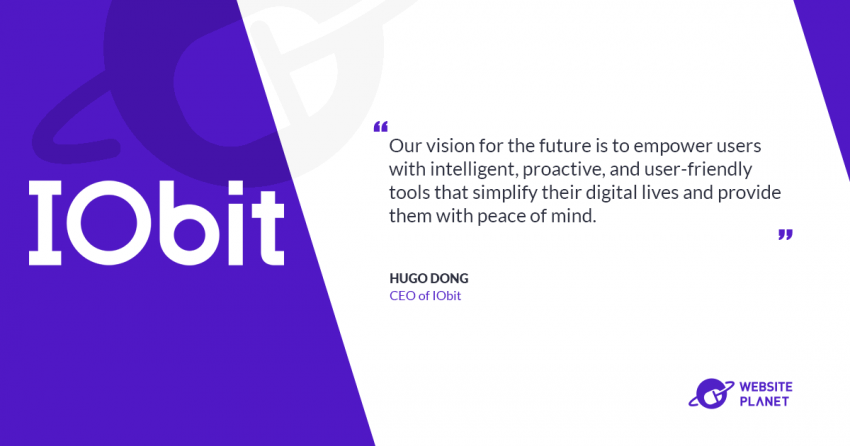How and when was MageCloud founded and with what idea in mind?
MageCloud was originally founded with a clear vision: to bring the flexibility of open-source eCommerce into the cloud and make it faster and easier to launch and manage Magento-based online stores. When we started the company, our inspiration came from an older project some might remember—Magento Go. It was Magento’s attempt to compete with Shopify by offering a more accessible, hosted version of their eCommerce solution. Unfortunately, Magento Go was eventually discontinued, but we saw an opportunity to revive and evolve that concept with MageCloud. The idea behind MageCloud was to create a platform-as-a-service (PaaS) that allowed users to quickly deploy Magento stores in the cloud, while still maintaining the ability to fully customize and control their codebase—something that’s simply not possible with more restrictive platforms like Shopify. That blend of speed, convenience, and flexibility was at the heart of what we wanted to offer. However, there were some challenges. One of the biggest bottlenecks was the early release of Magento 2.0. While it introduced some much-needed improvements over the original Magento 1.0, in our opinion it was launched prematurely and required a lot of polishing post-release. Core issues, performance problems, and evolving architecture made it difficult to build a stable PaaS solution around it at the time. So after about a year, we made a strategic decision to shift away from Magento. We paused the MageCloud.net as a project for a year and focused on our consulting services. Since then, we’ve been helping Magento-based businesses with everything from support and performance optimization to custom development and digital marketing. That pivot allowed us to really understand the needs of merchants and become a trusted partner for businesses looking to grow. That is MageCloud in a nutshell.What is the process of migrating to Magento/Shopify/WooCommerce and what are some differences depending on the platform?
When it comes to migrating to platforms like Magento, Shopify, or WooCommerce, the process really depends on your business needs. What I find interesting is that a lot of agencies specialize in one specific technology and tend to recommend that same one to all clients, regardless of what the client actually needs. That’s not how we work. At MageCloud, we’ve been early Magento adopters for about 10 years, but the ecosystem has changed dramatically. Shopify is growing every month and introducing new features, while WooCommerce offers more flexibility when it comes to customization, though it lacks in things like built-in updates and security badges. As an agency focused on eCommerce, we couldn’t afford to only stick with one platform, so we expanded into Shopify and WooCommerce around four or five years ago. That move was driven by the shift in what businesses actually need. Shopify is a great platform for businesses in the B2C space, even those with large catalogs, as long as they don’t require heavy customization or product configurators. It’s ideal for stores that are relatively flat in structure and want a fast go-to-market with a lot of ready-to-go integrations. But if you’re looking at Shopify Plus for B2B operations, it can get quite costly, with plans starting around $2500 per month. In that case, Magento or WooCommerce might be better options. WooCommerce is great for clients with smaller catalogs who want the flexibility to manage their site and landing pages themselves without constantly relying on developers. It’s also handy for running multiple sites or stores from one WooCommerce backend while keeping them flexible and individually managed. Magento, on the other hand, is better suited for larger eCommerce operations that need extensive custom features, B2B capabilities, advanced customer groups, or complex discounting setups. At the end of the day, customers visiting your site don’t care what platform it’s built on—what matters is that the platform fits the business requirements, and that’s how we help clients choose the right one. When we handle a migration, whether it’s to Magento, Shopify, or WooCommerce, the first step is checking if your third-party platforms—like your ERP system or email marketing tools such as Klaviyo—have ready-made integrations with the new platform. Your website is just the frontend; your operations, fulfillment software, and back-office tools need to sync up smoothly with your eCommerce engine. If those systems don’t have plug-and-play integrations, and you need to build everything custom via APIs, it could eventually limit your operations. If you’re migrating from platforms like OpenCart or PrestaShop, the requirements are usually pretty standard. We use Google Search Console to analyze which URLs currently rank on your existing site and ensure that data—like products, customers, and order history—is transferred properly. Customer data can be a bit tricky, especially passwords, since most platforms encrypt them and they can’t be transferred. So after migration, a password reset will likely be needed and customers will have to be notified. For the actual product and order migration, we often use a tool from Shopping-Cart-Migration.com, which helps automate large-scale transfers. Once the data is moved, we focus on URL mapping—matching old URLs to new ones—and organizing 301 redirects for SEO purposes. If your site depends heavily on organic traffic, you’ll also want to run a backlink campaign to update any links pointing to old URLs AND A Google ads campaign, as well. And while 301 redirects help preserve rankings, from my experience, there’s usually still an SEO drop after a platform switch, even if everything is done properly. People can also freely switch between Magento, Shopify, and WooCommerce, but I always advise my clients to first consider all aspects of each platform before making the switch. For example, Shopify charges a transaction fee of 1.3% for all credit cards, while some clients now only pay 0.5% on Magento, depending on the volume so before switching to Shopify, that’s something we could have to consider.What can people expect from your online store audits?
So basically, at our company, we’re very open to sharing our knowledge with business owners. When we do a store audit, instead of just handing over a fancy PDF with slides, we usually record a personalized video where either myself or someone from my team goes through the site and gives practical, experience-based insights—what works, what doesn’t, and what can be improved. Even without diving too deep into analytics, we can already spot a lot of things just from our expertise. We also use something we call the “conversion patterns” system. It’s our own framework for what features and elements should exist on every high-converting page—whether it’s a homepage, product page, or collection. When we audit a site, we compare the current setup against our pattern and point out what’s missing or what can be improved. From there, we give very specific, actionable suggestions to help boost conversion rate, average order value, and overall performance. If the client wants a deeper audit, we ask for access to tools like Google Analytics, Google Search Console, or Clarity—any heat-mapping tools they use. At that stage, it becomes more of a paid service where we go strategic and data-driven. For example, we might discover that 50% of their visitors never scroll far enough to see product listings. In those cases, we offer actionable fixes and even clickable prototypes of what their site could look like with improvements. If they’re interested in SEO audits, we look at their backlink profile, domain authority, and even review reports from any previous SEO agencies they’ve worked with. The same goes for email marketing—we evaluate based on performance data and best practices. We have a lot of benchmarks from our previous clients, so we can usually spot if something is underperforming and explain why. And sometimes we get people saying, “Hey, can you help us increase our conversion rate?” but once we look into their data, we realize their rate is actually above the industry average. In those cases, we’re honest—we just tell them it’s already performing well, and there’s no need to change much. That transparency is really important to us. Sometimes a client’s store is genuinely performing great, and in that case, we say it. If you’re running an agency, don’t be afraid to tell a client they’re doing well—it builds trust. On the flip side, we also get sites that look nice but are completely broken in terms of SEO or performance. Like if someone has only 20 products on a category page and expects Google to index it well—that’s just not going to happen. We tell them that directly. Our audits cover everything from technical security checks to speed optimization, SEO, email marketing performance—you name it. But I always say: give advice like you’re giving it to your mom. That’s my golden rule. I’d rather lose a deal than recommend something I don’t believe in. My name is everything to me. We also organize events in the UK where we bring together 100+ business owners in one room, and I never want someone to come up to me and say, “Hey Paul, your agency messed up my business.” Sometimes clients don’t want to hear our recommendations—they think we just don’t get their vision. That’s fine. If they want to go another route, there are plenty of agencies that’ll take the money and say yes to everything. But I usually say, “Alright, I’ll message you in six months,” and often those campaigns don’t bring any results. Some even go out of business. So yeah, at the end of the day, we’re focused on working with businesses that are passionate, open to learning, and ready to grow. We have a great community of business owners, and we love connecting people—like, “You’re selling this type of product? Talk to this guy.” We’re all about helping our clients succeed, whether it’s through audits or advice.Can you name some success stories that stand out in your portfolio?
Success, for us, isn’t just about growing numbers on a dashboard. It’s about building something real, sustainable, and meaningful—from the ground up. We love working with underdog brands: the ones with no outside funding, no big team, and barely any online sales when they start. That’s where the most rewarding transformations happen. One story I’m particularly proud of is a UK-based company called AELeisure. They sell caravan awnings, tents, and outdoor gear—not exactly the trendiest or easiest niche to scale online. When they first came to us, they were making just £5,000 a month from their website. No profit, no traction. But the founder, Roger, had a strong work ethic and was open to learning and improving gradually. We didn’t rush into a complete redesign. A lot of agencies do that—“your website sucks, let’s build a new one.” That’s not our approach. We started small. We looked at the data, prioritized key improvements, and asked, how much are you comfortable investing month by month? Then we used that budget in smart, strategic steps. A tweak to the product pages here, an improvement in checkout flow there. No overnight miracles—just consistent, thoughtful progress. Over time, as their confidence grew and the results became clear, they reinvested more. We supported them with CRO, backend improvements, marketing automation, SEO, and more. It’s been a four-year partnership, and today they’re generating over £400,000 per month in online sales revenue. The team has grown from 9 to 36 employees, and that—honestly—is what makes me proud. Because the win isn’t just financial. It’s about jobs created, families supported, and watching a small local brand turn into a stable, thriving business that gives back to the community. That’s real impact. A lot of agencies love showing off that they’ve worked with big-name brands. But when you’re a marketing director at Starbucks or Adidas, everything you post will get traction. That’s easy. What’s hard is taking someone from £0 to £50K/month, then to £100K, then £1M+. That’s where the real skill lies. And those are the types of founders we work with—quiet builders who are hesitant to even share their wins because they still feel “too small.” But they’re not small. If your store is supporting 10, 20, or 30 employees—that’s 10, 20, or 30 families. That’s a ripple effect. And we believe those stories deserve just as much spotlight, if not more, than working with corporate giants. We’ve had clients stay with us for years because they know we’re not trying to make a quick buck—we’re here for the long game. Sometimes we’ve told clients not to spend money on something, even if it meant turning down a project. If I don’t think SEO is the right move for you right now, I’ll say it. If I think your CRO isn’t the issue and that you’ve got a product-market fit problem instead, I’ll say it. I’ve said no to people who came in wanting to spend big budgets but had no fundamentals in place. I’d rather protect your money and reputation than take a job I can’t stand behind. At the end of the day, this isn’t just work to us. It’s something we actually care about. We celebrate when our clients hit new milestones. We share screenshots in our internal Slack when someone hits a record day. We know what it took to get there. We’ve got dozens more case studies like that. Founders who came to us doing £15K/month and now do £200K+. Brands who had beautiful-looking sites that weren’t converting, and we helped them rebuild with clarity and purpose. And some who just needed a few key tweaks to unlock growth they’d been chasing for months. These aren’t overnight wins. They’re the result of staying the course, trusting the process, and making better decisions every month. That’s our mindset – helping people the best we can. As I always say, “Advise everyone like you would advise your mom”, be honest, be open, and be a man of your word. Deliver what you promised. That’s a pretty good tactic to have a successful agency nowadays.To learn more about MageCloud, you can visit magecloud.agency
